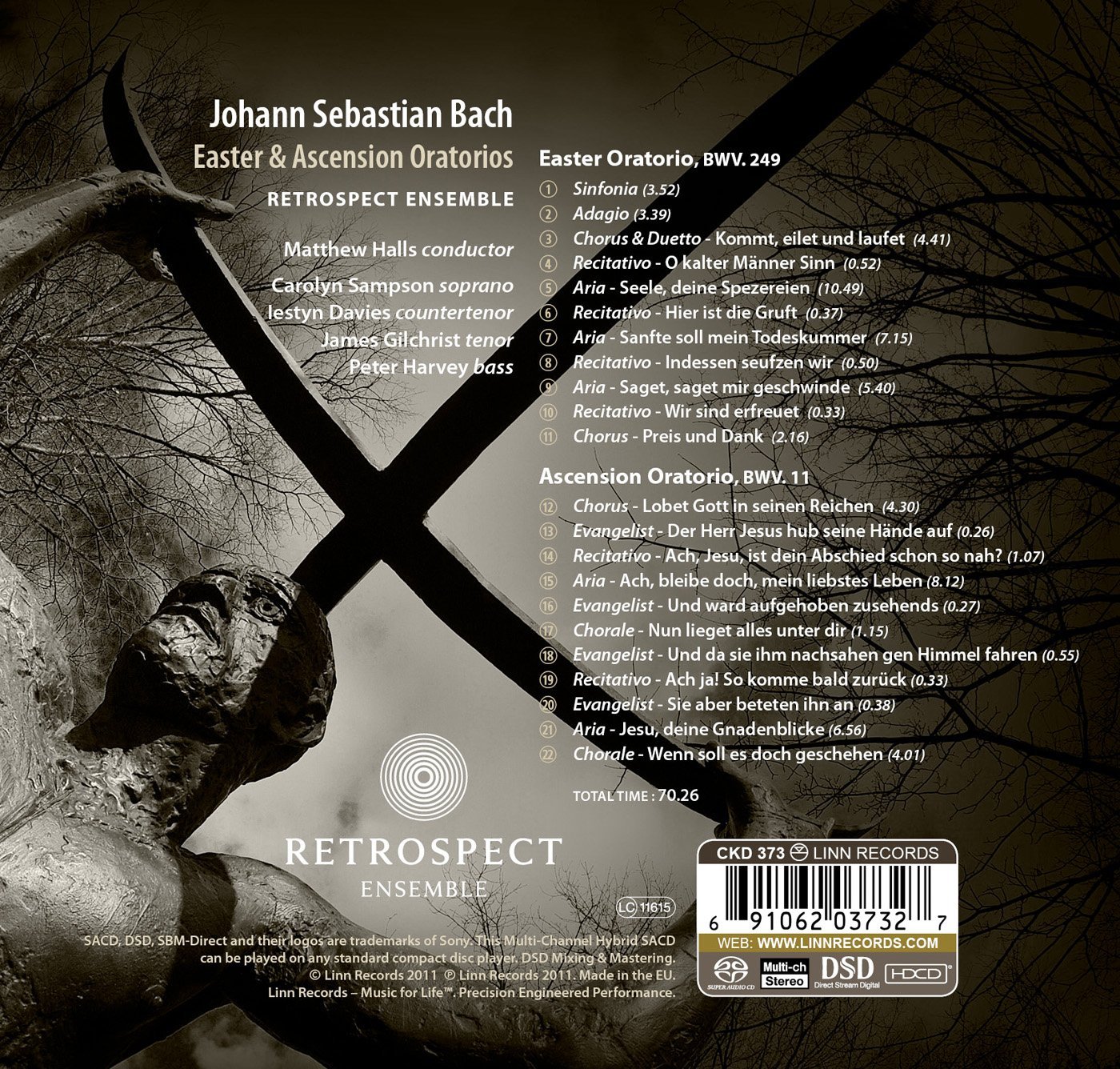Maria-sama ga Miteru (' Maria Watches Over Us' [i.e. The Virgin Mary] or ' ') is set in a High School. The school has a ' soeur system', in which an by giving the younger student her rosary, frequently having elements of a. The student body is led by a (it's supposedly democratic in theory, but due to 100% incumbency as shown by the failed Rosa Kanina candidacy.) called the Yamayurikai of three groups of soeurs. The oldest students are three leaders elected in a rubber stamp election by the student body at large. Their petites soeurs, in their second year are upgraded to Boutons (rosebuds), and so on.

After 7 Years finally you can watch the Live Action film of Maria-sama ga miteru with english subs.:) Since Youtube has deleted the film immediately, here are the links where you can watch it. Maria Watches Over Us (Live-Action). Mariasama ga Miteru Japanese. 'Maria Watches Over Us' centers around the students of the Lillian Girls' Academy.
This leads to lots of such as ' Rosa Chinensis en Bouton Petite Soeur'. Yumi Fukuzawa is a first-year student who idolizes, the Rosa Chinensis en Bouton.
One autumn day, Sachiko stops Yumi as the two pray to the statue of the Virgin Mary, to correct Yumi for having an improperly tied scarf. Later that day, Sachiko abruptly asks Yumi to be her petite soeur, despite having only just met her. The rest of the Yamayurikai objects. And Yumi, feeling unworthy, turns Sachiko down.

Sachiko vows to by hook or crook. Maria-sama ga Miteru started out as a popular series of by Oyuki Konno, illustrated by Reine Hibiki. It got adapted into a, with a second 'Spring' season and third season released as an, and a fourth season aired in Japan after a prolonged wait.
The show has been licensed in its entirety for North American distribution by Nozomi Entertainment/Right Stuf. Papku peredvizhku teatr. With subs only. There is a dub version,. See also, a doujin featuring the characters from Maria-sama ga Miteru as playables.
Not to be confused with a food spread made from yeast extract that's known for its distinctive and controversial flavor. Maria-sama Ga Miteru provides examples of: •: This trope is played even straighter than usual, with the Yamayurikai positions being virtually hereditary (i.e., passed down from 'older sister' to 'younger sister'). The possible power abuse is mitigated by the fact that the Yamayurikai seem to be both benign and possessed of an acute sense for exceptional candidates. •: Touko initially comes off as this, until she begins accumulating moments and Yumi discovers things that made Touko build emotional walls around herself.
Better examples would be Kikuyo, Kieko, and Yukari, Sachiko's social-climbing distant cousins in episode 1 of the. They take an immediate dislike to Yumi — as much out of jealousy for her closeness to Sachiko as — and spend most of episode 1 trying to humiliate her. Fortunately, Sachiko doesn't buy a word of it, and the end result is Yumi's modest 'finest hour.' •: Yumi and Shimako seem particularly to suffer from this during one of the school festivals. •: Essentially all the girls.
 •: In the chibi 'Maria-sama ni wa Naisho' omakes. •: Sachiko and Suguru.
•: In the chibi 'Maria-sama ni wa Naisho' omakes. •: Sachiko and Suguru.
Called off later in the novels. The engagement was purely based on their parents' assumption that they really love each other, only to realize that as time passed Sachiko no longer loves Suguru, who never loved her in the first place. •: From the third series onwards there has been a change in animation style, resulting in — or possibly due to — the characters' aging. •: Sachiko's overtly romantic courting of Yumi in the first few episodes transforms into mere as. Many of the other relationships are subject to the same trope as well.
New Articles
- Voter Id Card Form 6 Download Hindi Bihar
- Osnovi Uljtrazvukovoj Fetometrii A Yu Blinov M V Medvedev
- Gotovaya Baza Dannih Biblioteka Access
- How God Taught Me About Prosperity Kenneth Hagin Pdf
- Portreti Pisatelej
- Garmoshka Samouchitelj
- Kak Sdelatj Jwh 250 V Domashnih Usloviyah
- Kodi Na Gta San Andreas Chtobi Otkritj Vse Goroda